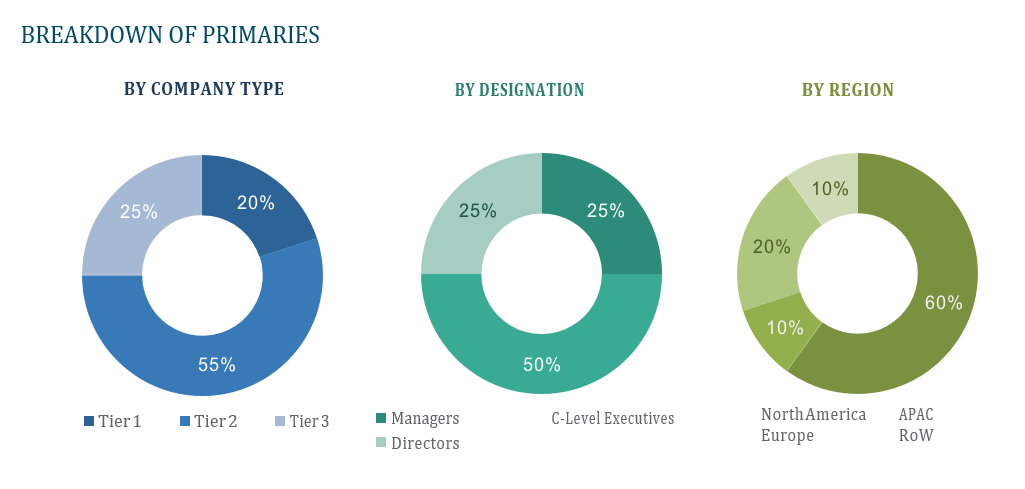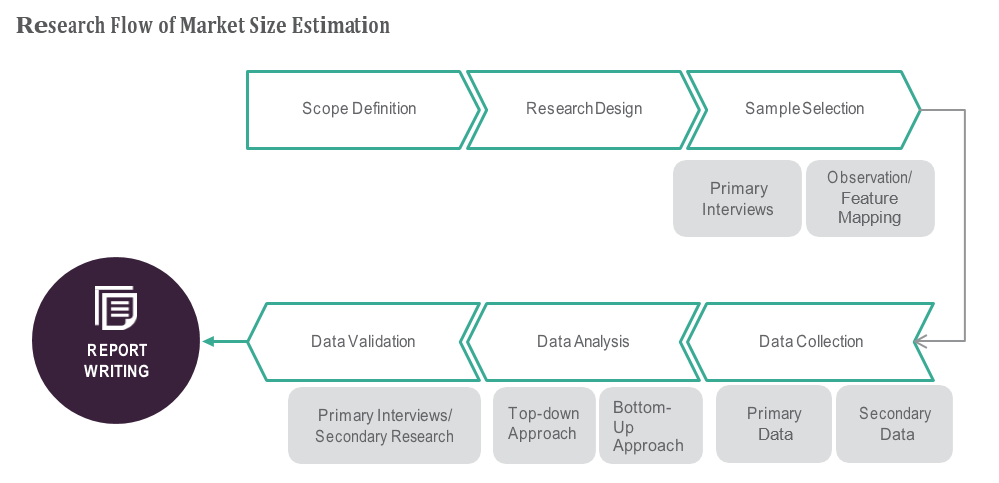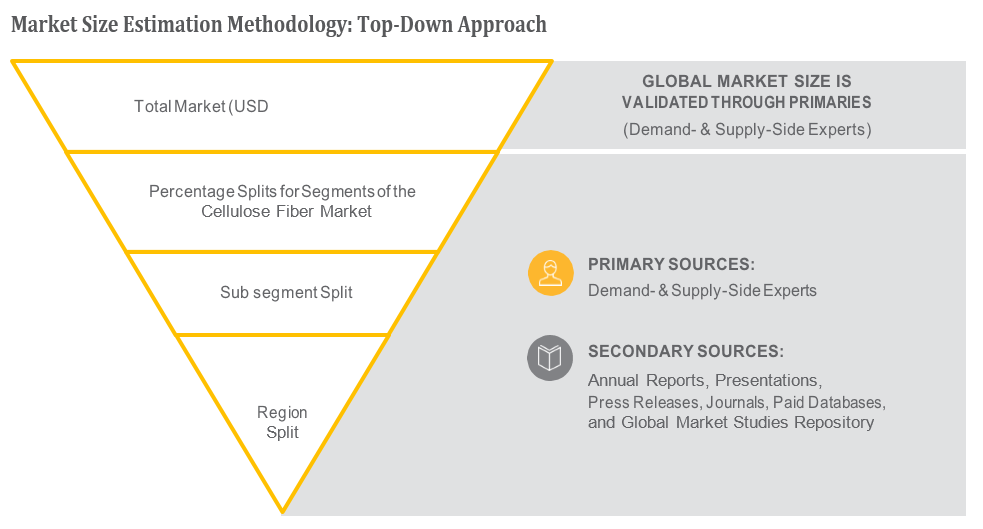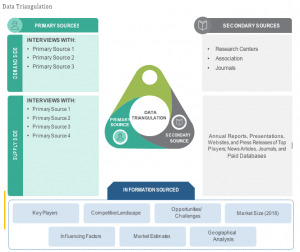OVERVIEW
The Multi-cloud Security Market is currently valued at USD 45.7 billion in 2024 and will be growing at a CAGR of 17.5% over the forecast period to reach an estimated USD 102.59 billion in revenue in 2029. The multi-cloud security market is a rapidly evolving sector within the broader cybersecurity landscape, characterized by the increasing adoption of multi-cloud environments by organizations seeking to leverage the benefits of flexibility, scalability, and redundancy offered by multiple cloud service providers. This market encompasses a range of security solutions and services designed to address the unique challenges posed by securing data, applications, and infrastructure across diverse cloud platforms. Key drivers fueling the growth of this market include the proliferation of cloud-native technologies, rising concerns over data breaches and compliance requirements, and the need for comprehensive threat protection in increasingly complex cloud ecosystems. As organizations embrace multi-cloud strategies, demand is surging for solutions that provide centralized visibility, unified policy enforcement, and seamless integration with existing security infrastructure. Vendors in this space are innovating to deliver advanced capabilities such as cloud workload protection, identity and access management, encryption, and threat intelligence across multi-cloud environments. With cybersecurity threats evolving in sophistication and scale, the multi-cloud security market is poised for continued expansion as organizations prioritize robust protection for their critical assets in the cloud.
The increasing adoption of multi-cloud environments by organizations is being driven by the need for flexibility, scalability, and redundancy. As businesses seek to optimize their operations and leverage the best features of multiple cloud service providers, the demand for effective security solutions that can span these diverse environments rises. Additionally, the proliferation of cloud-native technologies, coupled with the rising complexity of cyber threats, underscores the critical importance of robust security measures across multi-cloud infrastructures. Moreover, heightened concerns over data breaches, regulatory compliance, and data privacy are compelling organizations to prioritize investments in comprehensive multi-cloud security solutions. Furthermore, as cyber attackers increasingly target cloud environments, organizations are recognizing the necessity of implementing centralized visibility, unified policy enforcement, and advanced threat protection mechanisms to safeguard their critical assets effectively. These drivers collectively contribute to the rapid growth and evolution of the multi-cloud security market, positioning it as a crucial component of modern cybersecurity strategies.
Table of Content
Market Dynamics
Drivers:
The increasing adoption of multi-cloud environments by organizations is being driven by the need for flexibility, scalability, and redundancy. As businesses seek to optimize their operations and leverage the best features of multiple cloud service providers, the demand for effective security solutions that can span these diverse environments rises. Additionally, the proliferation of cloud-native technologies, coupled with the rising complexity of cyber threats, underscores the critical importance of robust security measures across multi-cloud infrastructures. Moreover, heightened concerns over data breaches, regulatory compliance, and data privacy are compelling organizations to prioritize investments in comprehensive multi-cloud security solutions. Furthermore, as cyber attackers increasingly target cloud environments, organizations are recognizing the necessity of implementing centralized visibility, unified policy enforcement, and advanced threat protection mechanisms to safeguard their critical assets effectively. These drivers collectively contribute to the rapid growth and evolution of the multi-cloud security market, positioning it as a crucial component of modern cybersecurity strategies.
Key Offerings:
Key offerings in the multi-cloud security market encompass a diverse range of solutions and services tailored to address the unique challenges of securing data, applications, and infrastructure across multiple cloud platforms. These offerings typically include cloud workload protection platforms (CWPP), which provide advanced threat detection and response capabilities for workloads deployed in multi-cloud environments. Identity and access management (IAM) solutions are also integral, offering centralized control and authentication mechanisms to manage user access and permissions across disparate cloud services. Encryption solutions play a crucial role in ensuring data confidentiality and integrity, providing robust encryption mechanisms for data both in transit and at rest within multi-cloud environments. Additionally, comprehensive security orchestration and automation tools enable organizations to streamline security operations and incident response workflows across their multi-cloud infrastructures. Threat intelligence services, meanwhile, offer actionable insights into emerging cyber threats and vulnerabilities specific to multi-cloud environments, empowering organizations to proactively mitigate risks. These key offerings collectively contribute to a holistic approach to multi-cloud security, helping organizations safeguard their critical assets and maintain compliance with regulatory requirements in an increasingly complex cloud landscape.
Restraints :
While the multi-cloud security market continues to experience significant growth, several restraints pose challenges to its expansion. One such restraint is the complexity inherent in managing security across disparate cloud environments, as organizations grapple with integrating and orchestrating security controls across multiple platforms with varying architectures and capabilities. Additionally, concerns over data sovereignty and regulatory compliance present obstacles, particularly for organizations operating in highly regulated industries or geographic regions with stringent data protection laws. Limited visibility and control over cloud assets and activities can hinder effective threat detection and response, exacerbated by the lack of standardized security practices and tools across different cloud providers. Moreover, budget constraints and resource limitations may impede organizations’ ability to invest in comprehensive multi-cloud security solutions, particularly for smaller businesses and enterprises with competing IT priorities. Addressing these restraints requires innovative approaches to simplifying multi-cloud security management, enhancing visibility and control, and overcoming regulatory challenges to enable organizations to realize the full benefits of multi-cloud environments while effectively mitigating security risks.
Regional Information:
• In North America, the multi-cloud security market is witnessing robust growth driven by the widespread adoption of cloud computing across various industries. The region benefits from a mature cybersecurity landscape and a high level of awareness regarding the importance of securing multi-cloud environments. Moreover, stringent data protection regulations and compliance requirements, such as GDPR and CCPA, are incentivizing organizations to invest in advanced multi-cloud security solutions to ensure regulatory compliance and protect sensitive data. Additionally, the presence of leading cloud service providers and cybersecurity vendors in North America further fuels market growth, with enterprises seeking to leverage best-in-class technologies to secure their multi-cloud deployments.
• In Europe, the multi-cloud security market is also experiencing significant traction, driven by similar factors including regulatory compliance mandates and the increasing adoption of cloud services. However, the market in Europe is characterized by a diverse regulatory landscape across different countries, necessitating flexible and scalable security solutions that can adapt to varying compliance requirements.
• The Asia-Pacific region is emerging as a lucrative market for multi-cloud security, fueled by rapid digital transformation initiatives and the growing adoption of cloud technologies among enterprises in countries such as China, India, and Japan. As organizations in the region embrace multi-cloud strategies to drive innovation and agility, the demand for robust security solutions to protect cloud workloads and data assets is expected to surge, presenting lucrative opportunities for market players.
Recent Developments:
• In April 2022, Imperva launched the Imperva Data Security Fabric to modernize and simplify data governance, security, and workflow management for all data across multi-cloud and hybrid environments. Imperva DSF standardizes data security controls across enterprise environments to provide full visibility of what is happening across all file stores and assets, on-premises, and across clouds. Its flexible architecture supports many data repositories, ensuring security policies are applied consistently.
• In February 2022, Check Point acquired Spectral, an Israeli startup and key innovator in developer-first security tools designed for developers. With this acquisition, Check Point will expand its cloud solution, Check Point CloudGuard, and provide the widest range of cloud application security use cases.
Key Players:
Palo Alto Networks, Cisco Systems, IBM, Trend Micro, Check Point Software Technologies Ltd., Fortinet Inc., McAfee, LLC, Symantec Corporation, Sophos Group PLC, and Barracuda Networks, Inc.
1) What is the projected market value of the Multi-cloud Security Market?
– The Multi-cloud Security Market is expected to reach an estimated value of USD 102.59 billion in revenue by 2029.
2) What is the estimated CAGR of the Multi-cloud Security Market over the 2024 to 2029 forecast period?
– The CAGR is estimated to be 17.5% for the Multi-cloud Security Market over the 2024 to 2029.
3) Who are the key players in the Multi-cloud Security Market?
– Palo Alto Networks, Cisco Systems, IBM, Trend Micro, Check Point Software Technologies Ltd., Fortinet Inc., McAfee, LLC, Symantec Corporation, Sophos Group PLC, and Barracuda Networks, Inc.
4) What are the drivers for the Multi-cloud Security Market?
– Organizations are adopting multi-cloud environments for flexibility, scalability, and redundancy. The demand for robust security solutions is increasing due to the complexity of cyber threats and the proliferation of cloud-native technologies. Concerns over data breaches, regulatory compliance, and privacy drive organizations to prioritize comprehensive multi-cloud security solutions.
5) What are the restraints and challenges in the Multi-cloud Security Market?
– The multi-cloud security market faces challenges such as managing security across different cloud environments, data sovereignty concerns, limited visibility and control, and budget constraints. To overcome these restraints, innovative approaches are needed to simplify management, enhance visibility and control, and overcome regulatory challenges. This will enable organizations to fully realize the benefits of multi-cloud environments while mitigating security risks..
6) What are the key applications and offerings of the Multi-cloud Security Market?
– Multi-cloud security offers various solutions and services to secure data, applications, and infrastructure across multiple cloud platforms. These include cloud workload protection platforms, identity and access management solutions, encryption solutions, security orchestration and automation tools, and threat intelligence services. These offerings help organizations safeguard critical assets and maintain regulatory compliance in a complex cloud landscape, ensuring data confidentiality and integrity.
7) Which region is expected to drive the market for the forecast period?
– North America is expected to have the highest market growth from 2024 to 2029
Why Choose Us?
Insights into Market Trends: Global Market Studies reports provide valuable insights into market trends, including market size, segmentation, growth drivers, and market dynamics. This information helps clients make strategic decisions, such as product development, market positioning, and marketing strategies.
Competitor Analysis: Our reports provide detailed information about competitors, including their market share, product offerings, pricing, and competitive strategies. This data can be used to inform competitive strategies and to identify opportunities for growth and expansion.
Industry Forecasts: Our reports provide industry forecasts, which will inform your business strategies, such as investment decisions, production planning, and workforce planning. These forecasts can help you to prepare for future trends and to take advantage of growth opportunities.
Access to Industry Experts: Our solutions include contributions from industry experts, including analysts, consultants, and subject matter experts. This access to expert insights can be valuable for you to understand the market.
Time and Cost Savings: Our team at Global Market Studies can save you time and reduce the cost of conducting market research by providing comprehensive and up-to-date information in a single report, avoiding the need for additional market research efforts.









